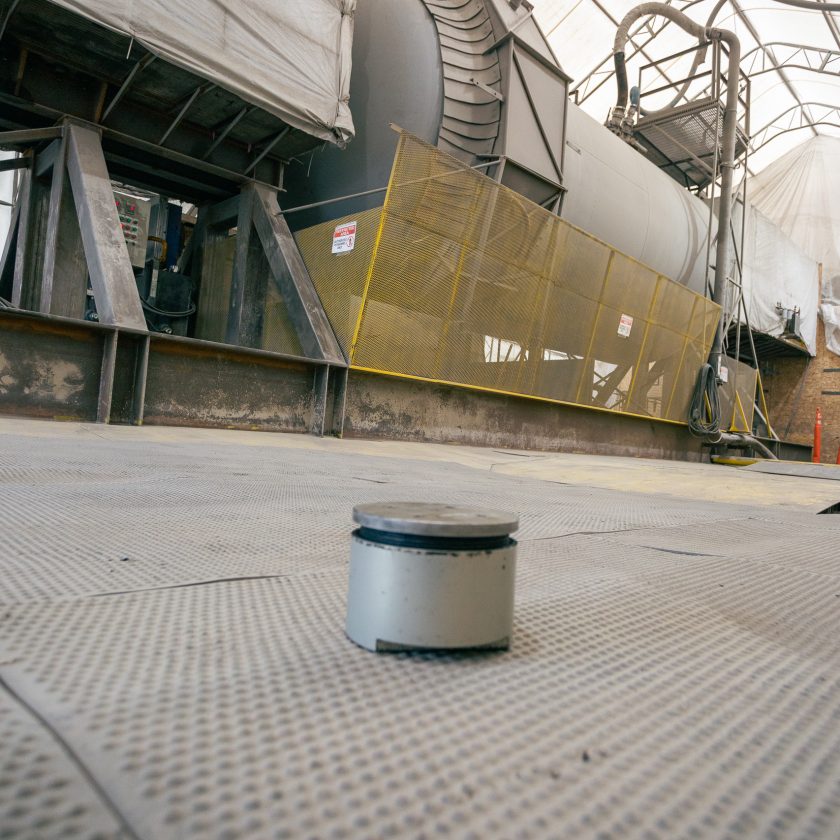Lafarge Canada announced a partnership with Dalhousie University researcher Dr. Mark Gibson that will allow low carbon fuel research to be tested on an industrial scale. Working under a Natural Sciences and Engineering Research Council of Canada (NSERC) Discovery Grant, this initiative will research the adoption of low carbon fuels in the cement industry. The continuing partnership between Lafarge Canada and Dalhousie’s engineering faculty will support the testing of tire derived fuel as a low carbon fuel alternative in the cement industry at the Lafarge Brookfield cement plant.
Recent laboratory studies conducted by Dr. Gibson, associate professor in Dalhousie University’s department of civil and resource engineering and his colleagues in process engineering and applied science, Dr. Michael Pegg and PhD student Ebenezer Asamany, show that tire derived fuel has the potential to lower CO2 emissions compared with coal derived fuel when co-fired in cement kilns.
In 2015, Dr. Gibson and his team published a report entitled “Use of scrap tires as an alternative fuel source at the Lafarge cement kiln, Brookfield, Nova Scotia.” Dr. Gibson and his students are pleased to see their work enter the real world. “Based on our research, we expect to see significant reductions in greenhouse gas emissions from the Brookfield cement plant and thereby help Nova Scotia move one step closer to a low carbon economy,” said Dr. Gibson. “We also expect that the use of tire-derived fuel will reduce NOx emissions as well as make excellent use of scrap tires.”
Lafarge Canada is committed to a low carbon economy and reducing its carbon footprint. “It is important that we work with partners in tackling the challenging problem of climate change. Dr. Gibson’s team’s research in recent years has been essential to our understanding of how to replace fossil fuels, like coal, with lower carbon alternatives,” said Rob Cumming, environment director for Lafarge.
While there are a number of levers available to reduce the carbon emissions in the cement industry, the one of most relevance is the growing usage of lower carbon fuels. Thanks to different initiatives including previous work with Dalhousie’s engineering faculty, the Brookfield plant has reached world class status in the percentage of its fossil fuels replaced with lower carbon fuels, in the form of front end burner injection, and is expected to reach substitution rates as high as 30 percent on an energy basis by the end of this year.
Testing at the Brookfield plant is expected to begin about mid-2017, providing the company receives permission from the province. Lafarge expects that about 15 percent of its fuel needs can be met from using approximately 450,000 scrap tires per year, which is just under half of the amount of tires generated in Nova Scotia.



